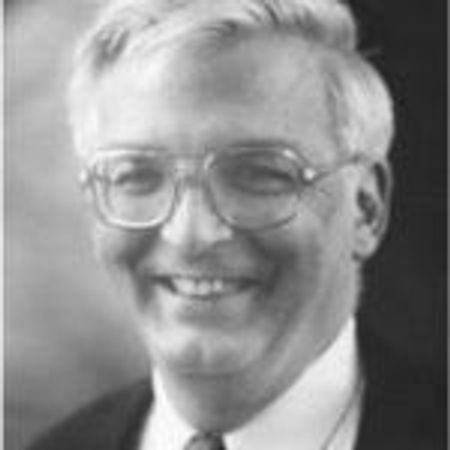Distinguished Departed Pioneers – Presidents
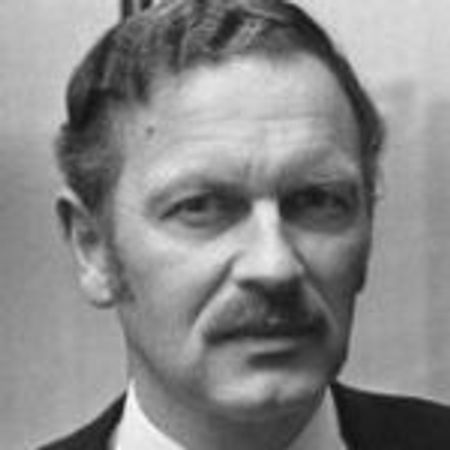
Cornelis (Cor) van der Veen
President: 1976-1978 (IWSA)
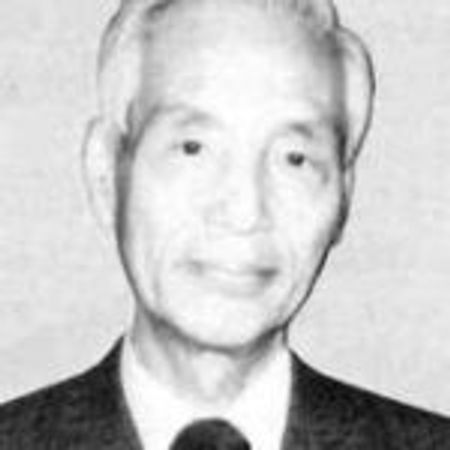
Tamon Ishibashi
President: 1978-80 (IWSA)

Guy Dejouany
President: 1980-1982 (IWSA)
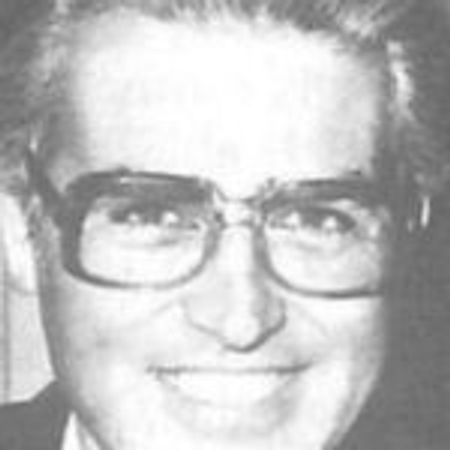
Maarten Schalekamp
President: 1982-1984 (IWSA)

Dirickx
President: 1986-88 (IWSA) Jan
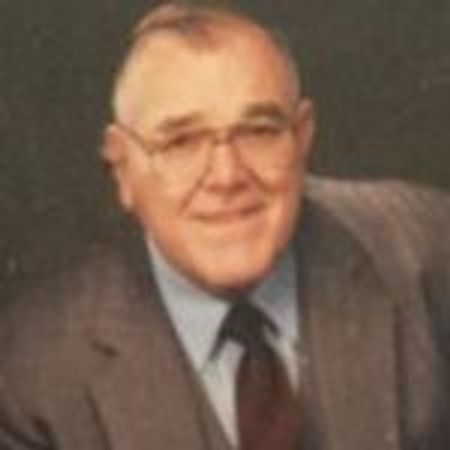
William H. Richardson
President: 1988-1991 (IWSA)
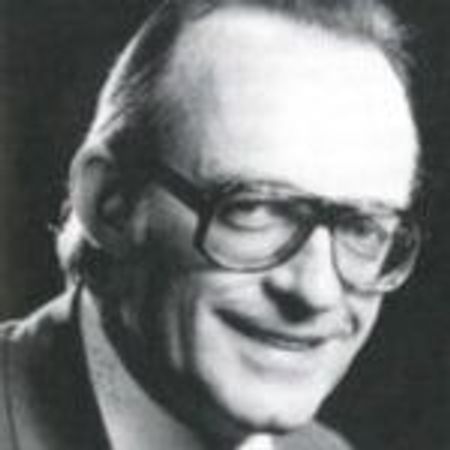
Heinz Tessendorf
President: 1991-1993 (IWSA)

Pierre Giacasso
President: 1995-97 (IWSA)
Distinguished Departed Pioneers

Leonard (Len) Bays
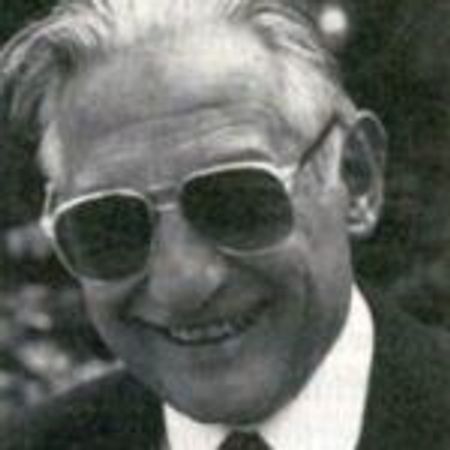
Heinz Bernhardt

John Briscoe
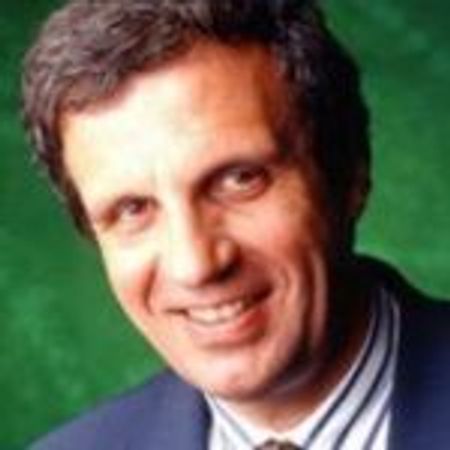
Francois Fiessinger
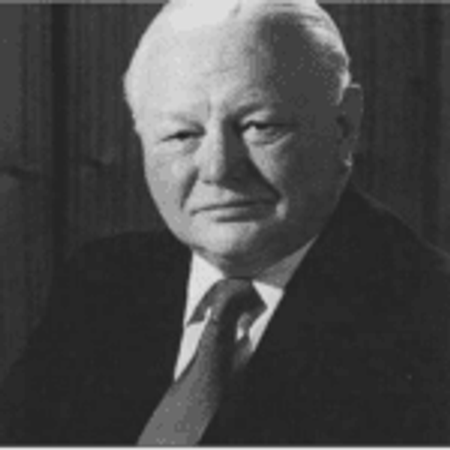
Ken Roberts
